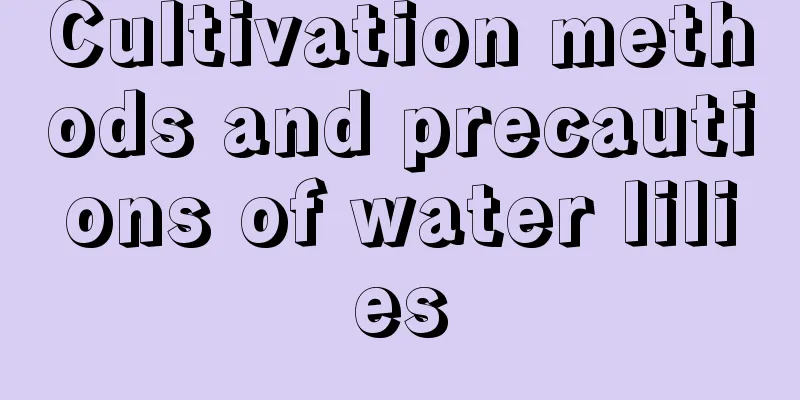Safflower planting time and method

Safflower planting timeSafflower can be sown in spring, autumn or winter depending on the planting site. Usually, it is planted in winter in Jiangsu and Zhejiang regions, in autumn in Shandong region, and in spring in Xinjiang and Northeast China where the temperature is lower. How to plant safflower1. Soil selection Safflower has a wide adaptability to soil and is resistant to barrenness. It is suitable for growing in arid and fertile soils. It is not suitable for planting in damp, waterlogged, low-lying areas. Therefore, it can be planted in dry land or wasteland. The land should be plowed to loosen the soil, and then decomposed farmyard manure and superphosphate should be applied. 2. Planting Generally, high and low ridges can be made according to the terrain, with two rows in each ridge. Row sowing or spot sowing can be chosen. No matter which method is chosen, 6-7 seeds should be sown in each hole according to a certain plant spacing, and then covered with soil and watered. Wait for about 14 days for seedlings to emerge. Generally, the seed rate per mu is 1.5-2.5kg. 3. Field management When the safflower seedlings grow to 6-7 cm, they need to be thinned out. During this period, the weak seedlings should be removed and the strong seedlings should be retained. Generally, 2 to 3 strong seedlings can be retained in each hole. If there is a shortage of seedlings, they need to be supplemented in time. When the seedlings grow 4-5 leaves, they should be fertilized with a thin layer of human manure fertilizer once. The topdressing should be applied beside the roots to prevent the seedlings from lodging. Then, apply the second fertilizer around the Waking of Insects. 500-600kg of human manure fertilizer can be applied per mu. Match it after application to prevent the flower buds from lodging. Precautions for planting safflowerDuring the growth period of safflower, various diseases and pests may occur. Common diseases include rust, root rot, black spot, anthracnose, etc., while common pests include crickets, cutworms, wireworms, grubs, and mole crickets. They will affect the normal growth of the plants and cause great harm. Therefore, it is necessary to do a good job in disease and pest prevention and control. |
<<: Rose planting time and method
>>: Alfalfa planting time and method
Recommend
When is the best time to prune June Snow?
The effect of June snow pruning June snow is a fl...
What is the flower language of osmanthus?
1. Its flower language Different regions have dif...
Cultivation methods and precautions of Four Seasons Red Camellia
The four-season red camellia is a relatively easy...
Can orange trees be planted in the yard?
Can I grow an orange tree in my yard? Orange tree...
Cultivation methods and precautions of Albizia julibrissin
How to grow Albizia Julibrissin temperature Albiz...
How to grow Cordyceps sinensis
soil Cordyceps should be grown in loose, fertile,...
Why do gardenia leaves dry up in winter?
1. Insufficient watering Reason: Gardenia will co...
The best time to pick wild mugwort leaves
1. Why choose the best time to pick When harvesti...
What are the cultivation methods and precautions of jasmine?
Jasmine Introduction Jasmine, also known as jasmi...
Is it good to water flowers with sugar water? The benefits of using sugar water to water plants and flowers
Is it okay to water flowers with sugar water? It ...
Can spoiled rice be used as fertilizer? How to ferment it to make fertilizer?
Spoiled rice fertilizer is a very good flower fer...
What plants are suitable for fish tank hydroponics?
1. Plants suitable for fish tank hydroponics Plan...
Can a rubber tree be placed in the living room?
one. Can you: Although the leaves of this plant a...
What to do if the leaves of Christmas cactus become soft
1. Causes of weakness 1. If the leaves of Christm...
How many pounds of oil beans are produced per mu? What is the highest yield per mu?
Oil bean yield per mu The yield of different vari...









